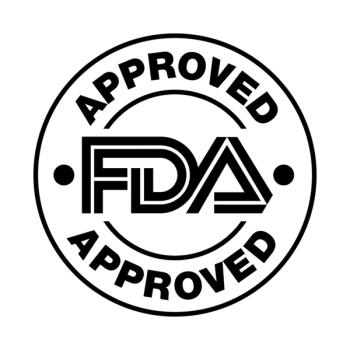
ICER's Evolving Value Framework
With the US Institute for Clinical and Economic Review (ICER) looking like it is here to stay, Leela Barham considers how its value framework is evolving.
The US Institute for Clinical and Economic Review (ICER) has been making a name for itself. This is not only because it produces a US-focused health technology assessment of new drugs, but also because it suggests the price at which a drug offers value. Leela Barham reports.
At the core of ICERs approach is a value framework. ICER says that the framework “
The framework includes a number of components (see figure 1) and not everyone agrees that all of them, especially budget impact, should feature. And as ever, the devil is in the detail.
Figure 1: The ICER value framework
As a result of what must have been a great deal of work, ICER announced their latest iteration of the value framework in
It will be no surprise to those who keep a close eye on HTA the type of issues tabled, although perhaps some changes might be a surprise. For example, the threshold to determine what is cost effective and what isn’t. ICER will now present a broader range for the threshold when ICER Appraisal Committees vote at public meetings. ICER will still apply the US$100,000 to US150,000 for value based price benchmarks, but a range from US$50,000 to US$175,000 will be presented to the Committees. In light of the rising pressure on prices, you might have thought a lowering would have been tempting.
Pricing features too. ICER will use estimates of net prices instead of list prices. This is a real bug-bear for many because payers all know that the list prices aren’t real prices. That said, industry tends to prefer that discounts remain confidential and would rather that back-calculations aren’t possible.
The latest iteration also more explicitly recognizes that some types of value might not be captured in the numbers; termed “other benefits or disadvantages” and “contextual considerations”. Although already present in the framework, they will be given a separate vote by Committees. That won’t however be used as a quantitative adjustment to the final assessment of value or value-based price benchmarks but be an “input”. The National Organization for Rare Disorders seem pleased with the
Budget impact will remain too but ICER will routinely use the approach of providing a tool that allows payers to put their own assumptions in. That will inform discussions on affordability and access during Policy Roundtables at ICER meetings. The threshold for budget impact has been re-calculated too using more recent data such as growth in US GDP. ICER also take the opportunity to highlight that this is only signaling that a discussion is needed and is not intended nor used as a budget cap. Budget caps in the context of ICER’s work in the US have led to
Value-based prices
Not all ICER assessments have produced a value-based price, but where ICER has, it’s not always been good news, although nor has it always been bad news either. It matters what the threshold for cost-effectiveness is; for example, at US$150,000 cost per Quality Adjusted Life Year (QALY),
The future of ICER
With ICER being successful in obtaining funding-just
Arguably, it’s better too than the ad hoc extrapolation of HTAs from outside the US since US payers must surely be checking what NICE and others have to say about the very same drugs. The problem with those reports is that reflect a very, very, different context, not only from the structure of the health care system but economically, socially, and culturally too. However, as ever, questions will remain about the who, what, where, and when of what ICER do. With so much at stake, not least the health and well-being of patients and their carers, it’s only right that questions are asked.
If you don’t like the latest iteration of the ICER value framework, you’ll get a chance to influence the next round of evolution, expected to
Newsletter
Lead with insight with the Pharmaceutical Executive newsletter, featuring strategic analysis, leadership trends, and market intelligence for biopharma decision-makers.





